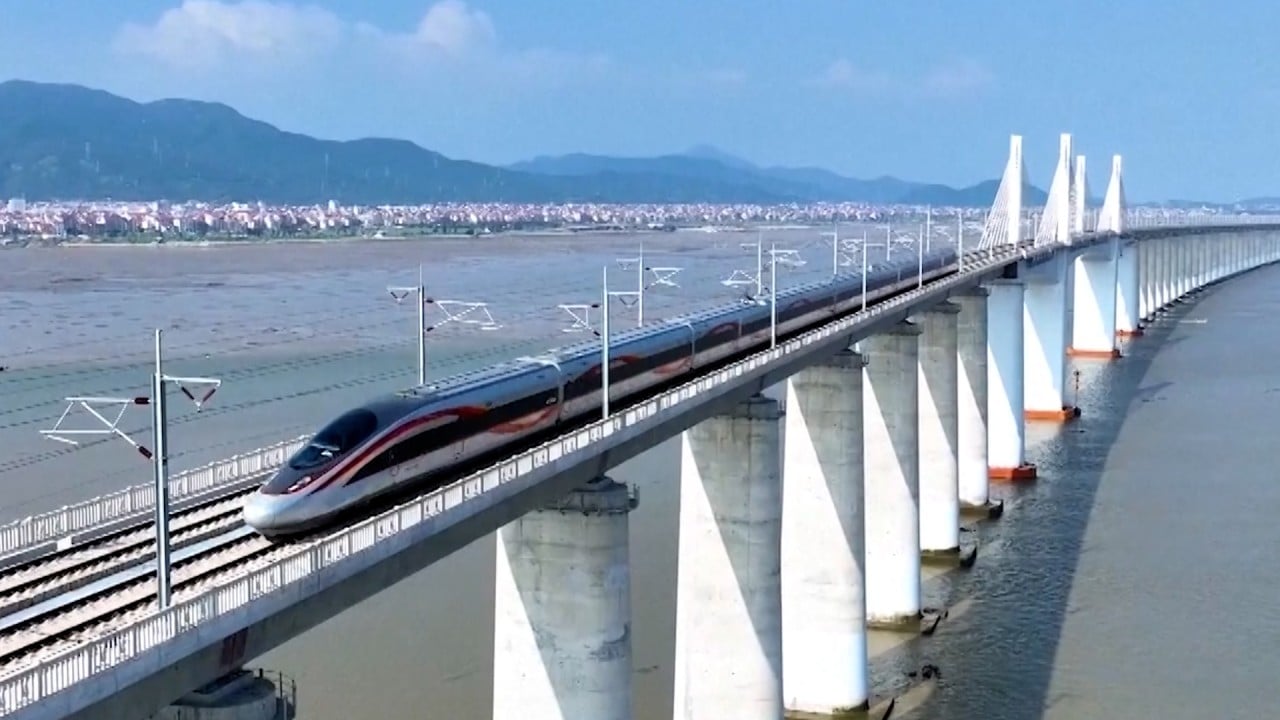
Meanwhile, China’s producer price index – which measures the cost of goods at the factory gate – declined for the 19th straight month in April after falling by 2.5 per cent year on year, compared with a fall of 2.8 per cent in March.
Unlike many Western countries that are troubled by lingering high inflation, China’s CPI has been hovering around zero since April last year, fuelling deflation fears.
The reading in April remained far below the government control target of 3 per cent, providing room for the authorities to increase prices.
In April, the price of utilities rose by 0.6 per cent from a year earlier, compared with a 0.5 per cent rise a month earlier.
The price for vehicle fuels, meanwhile, increased by 6.9 per cent year on year last month, up from a rise of 2.2 per cent in March.
Healthcare charges also rose by 1.9 per cent last month, compared with a rise of 1.7 per cent a month earlier.
The persistent property slump and rising debt piles have provided debt-ridden local governments the opportunity to increase the cost of public services, analysts said.
China Railway, the state-owned operator of the country’s massive high-speed network, announced last week a price increase of around 20 per cent on four of its major high-speed lines.
The fare increase, which will take effect from June 15, covers some busy major routes, including between Shanghai and Hangzhou, as well as between Wuhan and Guangzhou.
Last year, China Railway reported a net profit of 3.3 billion yuan (US$457 million) after a prolonged period of heavy losses due to the coronavirus pandemic.
Its operating revenue rose by 10.6 per cent to 1.25 trillion yuan in 2023, while total liabilities rose to 6.13 trillion yuan from 6.11 trillion yuan, according to its annual report released at the end of April.
On Thursday, Guangzhou, the capital of southern China’s Guangdong province, held a public hearing on increasing tap water prices, citing the need to “compensate the cost of urban water supply enterprises” as prices have remained unchanged since 2012.
The municipal government announced two plans to upgrade its tiered pricing mechanism, both of which would suggest a rise of 24 per cent or 30 per cent from the current 1.98 yuan (27 US cents) per cubic metre charge for most households.
The price increase is expected to lift revenues from water sales by about 1.175 billion yuan per year, according to the municipal government.
The extended downturn in the housing market has led to stagnant consumer prices, so the government is trying to counter the risk of deflation
“This is a necessary step as the government’s main sources of public spending – land sales and tax revenues – are facing prolonged negative growth, while the cost of public services is rising,” said Peng Peng, executive chairman of the Guangdong Society of Reform.
“The extended downturn in the housing market has led to stagnant consumer prices, so the government is trying to counter the risk of deflation by proactively raising the prices of public services.”
The plans to increase prices in multiple cities follow tiered pricing structures based on residents’ usage.
Given that low-income groups consume less water, gas and electricity, the price increases impose less pressure on low-income groups, Peng added.
“Price rises are alleviating local government debt pressures. With market confidence gradually warming up and deflation easing, increasing CPI means the price of public services are expected to continue rising in the future,” Peng said.
Average gas prices in 36 Chinese cities rose by 6 per cent last year, Tianfeng Securities said last week.
Should the average price of water, electricity and gas in China rise by between 4 and 8 per cent this year, it could push up China’s CPI by between 0.2 and 0.4 per cent, the report added.


